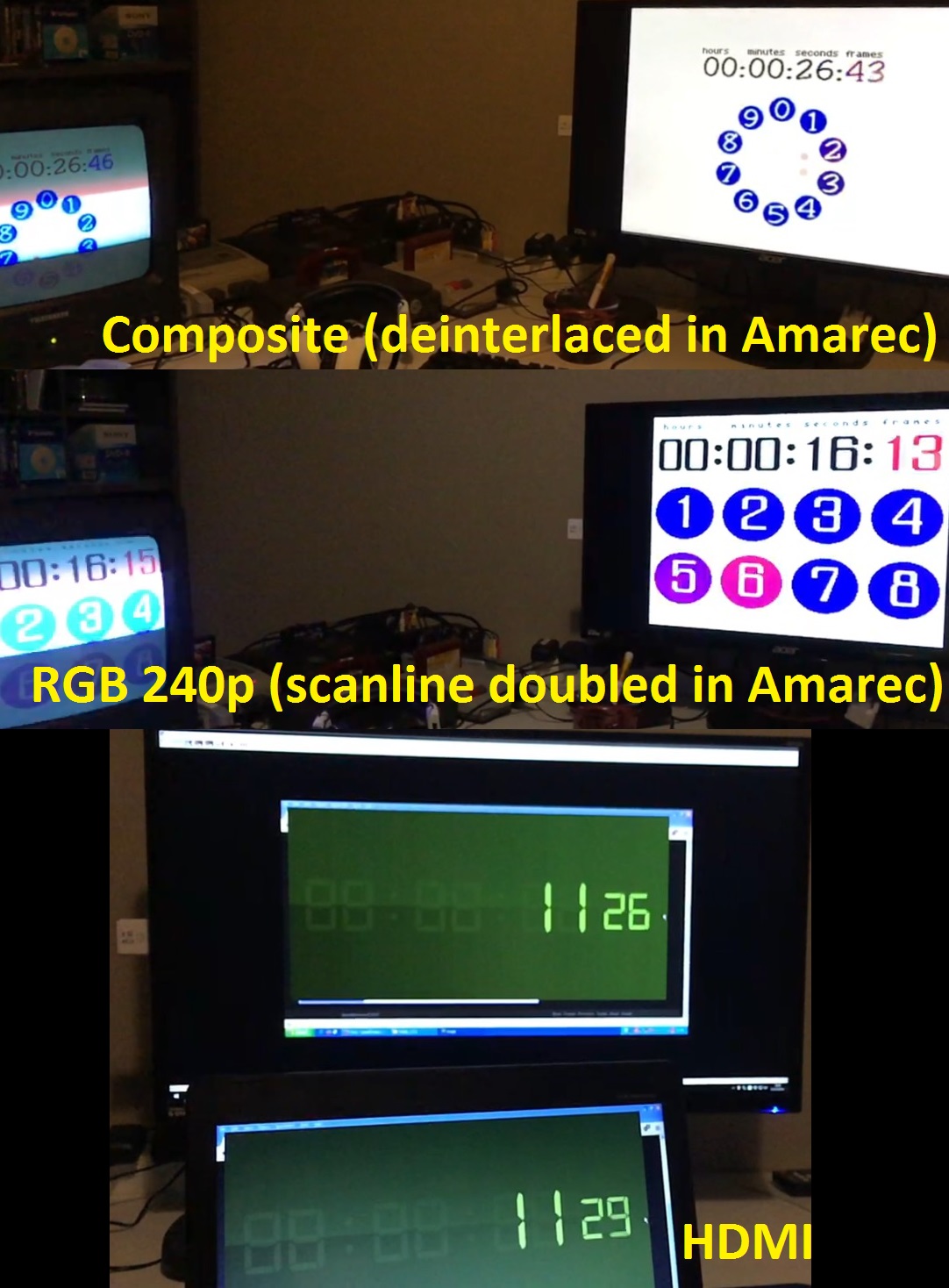

To know exactly which user/application experiences the maximum input lag, you can refer to the detailed diagnosis revealed by these measures. Ideally, the values of these measures should be 0 or very low. Indicates the maximum amount of time lag detected between the user's input through any input device (e.g., mouse, keyboard) and the time at which the application responds to the input. Measurements made by the test Measurement The difference between hardware cursor (mouse pointer) and last recorded mouse position (red box) is mouse input lag. The host for which the test is to be configured.

This indicates how often should the test be executed.

Outputs of the test : One set of results will be reported for the chosen Session Host / AVD Configurable parameters for the test Parameters Target of the test : Azure Virtual DesktopĪgent deploying the test : An internal agent In addition, these metrics help administrators to differentiate desktop issues from network/application issues. This way, administrators can figure out if there is any time delay in responses from applications. With the help of this test, administrators can determine the maximum and average time taken by the applications to respond to the user input received by the chosen Session Host / Azure Virtual Desktop. This can be easily measured using the Input Delay - AVD test! Therefore, it is necessary for administrators to measure the user input delays while the applications are being accessed. This could be a sign that user experience is degrading to the point where administrators might want to add more hosts or increase the VM instance size. In the event of heavy load on the AVD therefore, user input delays may increase. keyboard clicks and mouse clicks) sits in the input queue on the session host until such time it is picked up for processing by an application’s message queue. This is because, they did not factor in issues such as user input delays that may be caused by the virtual desktop itself, and not by the applications running on it or by the network. Its one of several Core Web Vital metrics that measure. The data collected from traditional metrics were not sufficient to figure out the root cause of poor performance of the applications. First Input Delay (FID) measures how long the browser took to respond to the first user input event. If you test a 60Hz display with an exact quoted input lag time of 16.67ms (time to refresh to the last pixels at the bottom of the LCD panel), it should take roughly (just an estimate) 16.67ms/2 8.335ms to provide a reading in the middle of the display. Traditionally, diagnosis was done by collecting CPU, memory, disk I/O and a few other metrics related to the applications. One of the most difficult problems to diagnose by the administrators on virtual desktops is the poor performance of the applications installed.


 0 kommentar(er)
0 kommentar(er)
